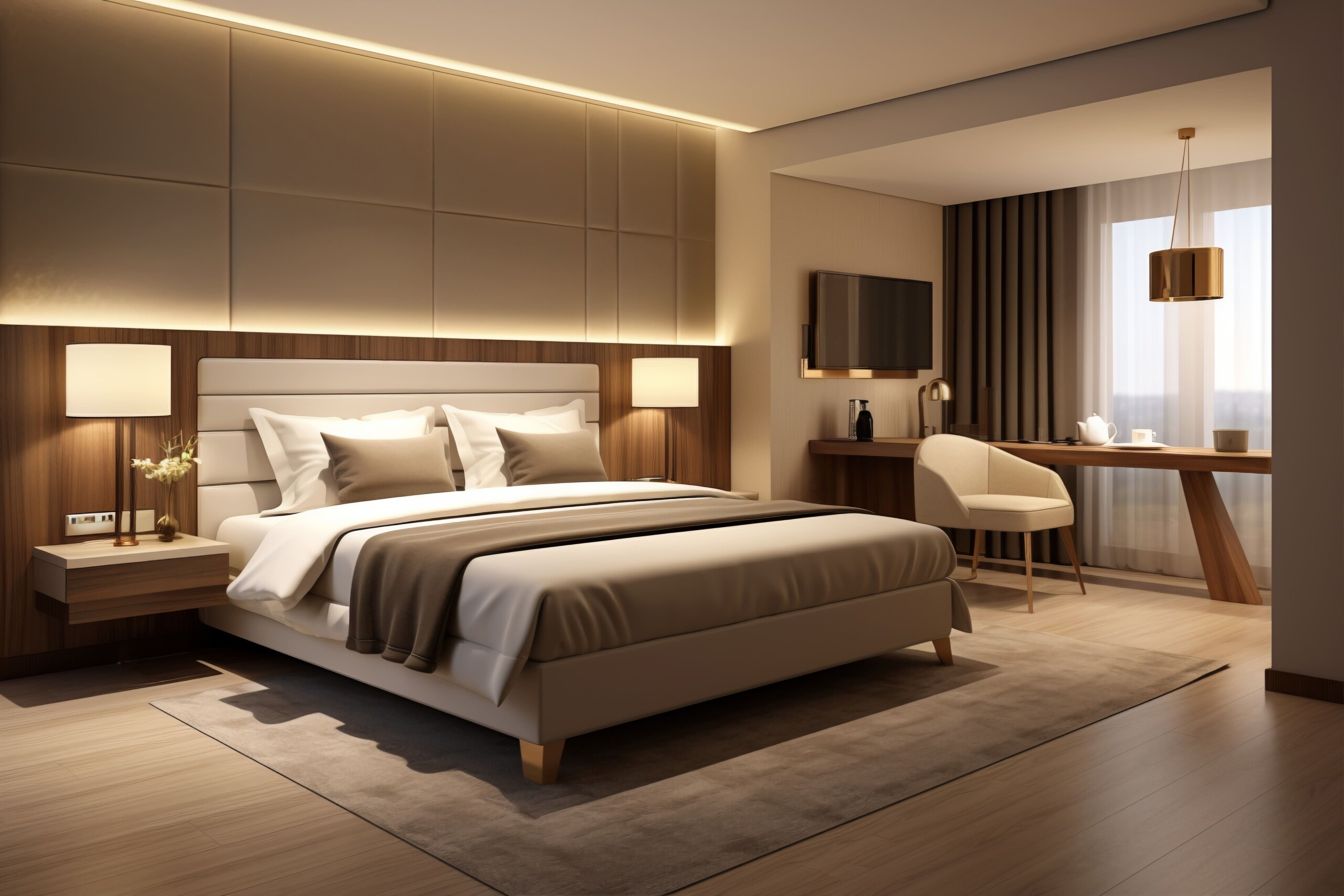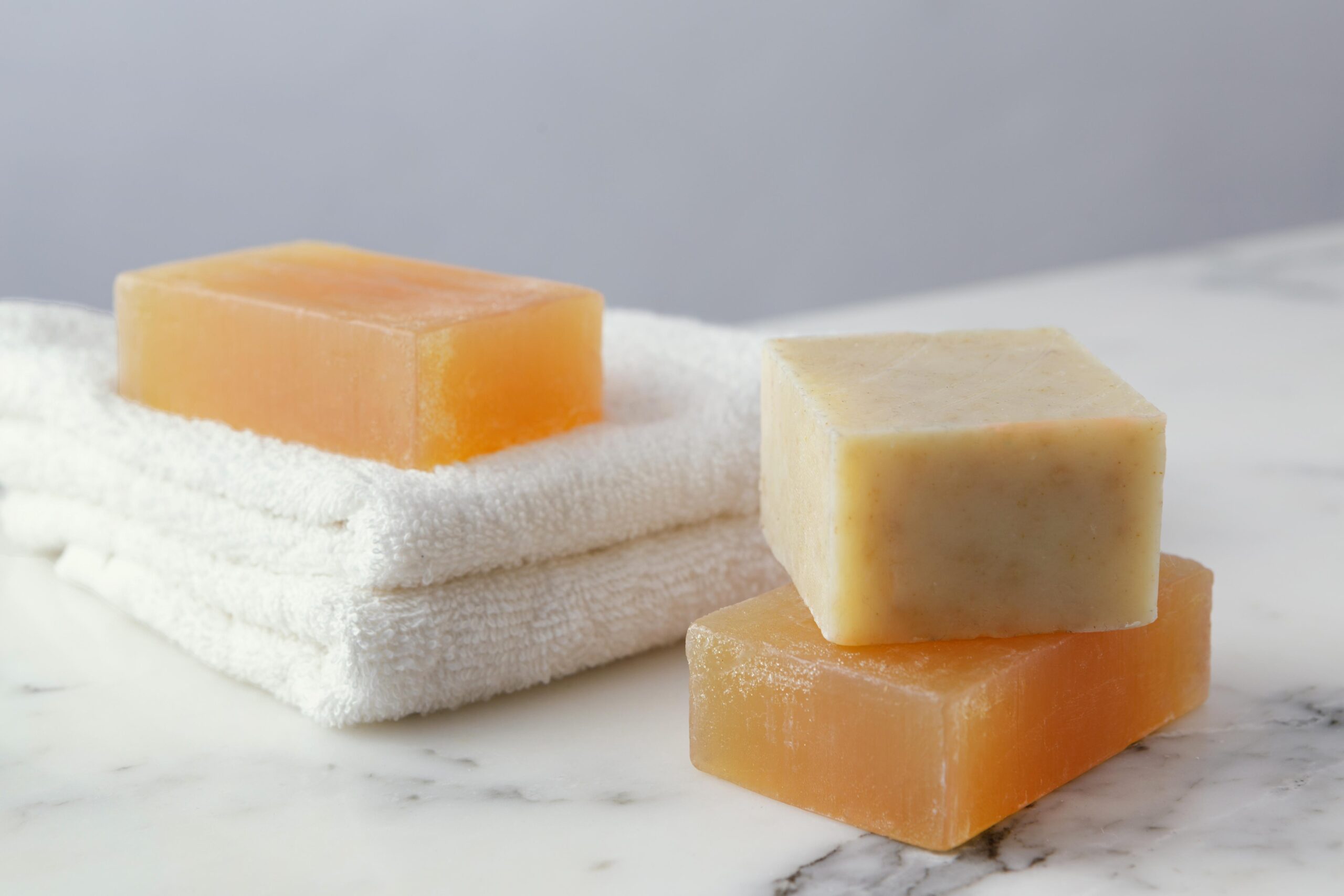As a hotelier, you know that the little details can make a big difference in your guests’ experience. From the moment they step into their room, every hotel room amenities and supply contributes to their comfort and satisfaction. In this comprehensive guide, we’ll explore the standard placement of guest room supplies and amenities, helping you create the perfect environment for your guests.
The Importance of Well-Placed Hotel Room Amenities
Thoughtfully arranged room supplies not only enhance guest comfort but also showcase your attention to detail. By following industry standards and best practices, you can ensure that your guests have everything they need at their fingertips.
A Room-by-Room Breakdown
Let’s take a tour through a typical hotel room and explore the essential amenities for each area:
1. Behind the Main Door
The entrance area sets the tone for the guest’s stay. Here’s what you should consider placing:
- Detailed fire exit plan or map
- “Do Not Disturb” and “Make Up My Room” cards
- Room service breakfast card
- Key hotel policies and information
2. Writing Desk Area
The desk is a crucial workspace for many guests. Stock it with:
- Stationery folder with monogrammed notepaper
- Envelopes and postcards
- Pen and pencil with hotel logo
- Wi-Fi connection instructions
- Hotel brochure and service information
- Multi-pin universal travel adaptor (a thoughtful touch for international guests)
3. Bedside Table
Ensure your guests have easy access to essentials:
- Telephone with quick dial buttons
- Notepad and pencil
- Service directory or information card
- Alarm clock with built-in radio
- Remote controls for TV and other electronics
- Bedside lamp with adjustable settings
4. Coffee Table
Create a welcoming atmosphere with:
- Local magazines or tourist guides
- Fresh fruit basket or cookies
- Room service menu
5. Wardrobe and Drawers
Provide convenience items such as:
- Iron and foldable ironing board
- Laundry bag and price list
- Extra pillows and blankets
- In-room safe with instructions
- Cloth hangers
6. Luggage Rack Area
Don’t forget about footwear:
- In-room slippers with hotel logo
- Shoe shine kit
7. Bathroom Essentials
Stock the bathroom with high-quality toiletries and conveniences:
- Bath towels, hand towels, and washcloths
- Bathrobes
- Shower curtain or glass door
- Hair dryer
- Toiletries (shampoo, conditioner, body wash, lotion)
- Dental kit and shaving kit upon request
- Shower cap and vanity kit
8. Mini Bar Area
If you offer a mini bar, consider including:
- Assorted snacks and chocolates
- Soft drinks and juices
- Bottled water
- Mini bottles of alcohol (if permitted)
Tech-Savvy Touches
In today’s digital age, consider adding:
- USB charging ports by the bedside and desk
- Smart TV with streaming capabilities
- Tablet for in-room controls and hotel information
Eco-Friendly Options
Show your commitment to sustainability with:
- Reusable water bottles
- Refillable toiletry dispensers
- Energy-efficient lighting and climate control
Conclusion: Elevating the Guest Experience
By paying attention to these details and ensuring that your room amenities are thoughtfully placed and well-maintained, you can create a memorable and comfortable experience for your guests. Remember, the goal is to anticipate their needs and exceed their expectations.
Regularly review and update your amenities based on guest feedback and industry trends. This commitment to excellence will help you stand out in the competitive hospitality market and keep your guests coming back for more.
Are you looking to streamline your hotel supplies procurement process? Consider partnering with a specialized B2B platform that understands the unique needs of the hospitality industry. With the right supplier, you can ensure that your rooms are always stocked with high-quality amenities, allowing you to focus on what matters most – delivering exceptional guest experiences.











